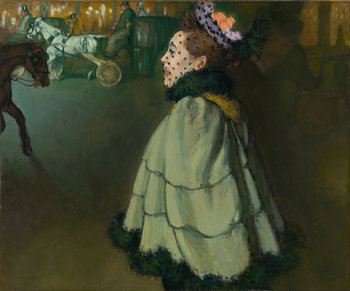|
| |
Color harmony is the term for colors that are thought to match. In other words, colors that look aesthetically pleasing side-by-side. This is more an art than science as color perception is influenced by cognitive factors, emotion and culture.
Color schemes that are in harmony are said to match, while those that seem out of harmony are said to clash.|
Function | | Definition | Selecting colors for a design that look aesthetically appealing side-by-side. | Value | Color harmony tends to give design a comfortable, relaxing feel. Clashing colors are better at grabbing attention but feel uneasy, strained and tasteless. | Judgment | Matching vs Clashing | Related Techniques | |
Color Theory
This is the complete list of articles we have written about color theory.
If you enjoyed this page, please consider bookmarking Simplicable.
A comprehensive guide to design.
An overview of color theory.
The difference between layout and composition.
The difference between modeless and contextual user interfaces explained.
A list of common types of design.
The steps in a design process.
The common types of design quality.
A definition of universal design with examples.
A definition of sensory design with examples.
An overview of emotional design.
The definition of elegance with examples.
A few common urban design terms.
The difference between a green wall and green facade.
A list of sustainable urban design techniques.
The difference between active and passive design.
How a street canyon changes an urban environment.
An overview of parti pris in architecture with an example.
A list of common city issues.
A list of common community problems.
An a-z list of things in cities.
An list of the common types of city.
TrendingThe most popular articles on Simplicable in the past day.
Recent posts or updates on Simplicable.
Site Map
© 2010-2023 Simplicable. All Rights Reserved. Reproduction of materials found on this site, in any form, without explicit permission is prohibited.
View credits & copyrights or citation information for this page.
|

































